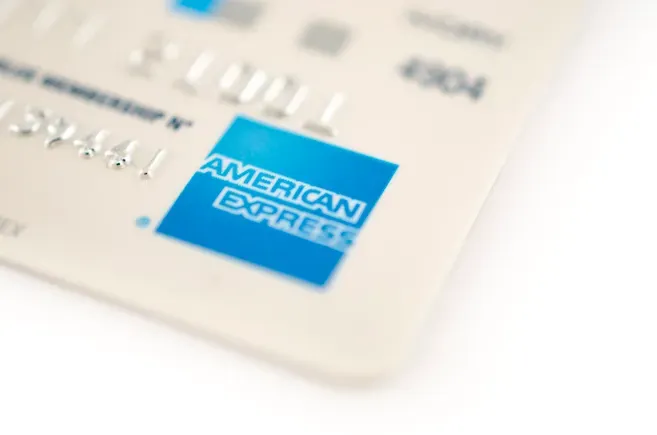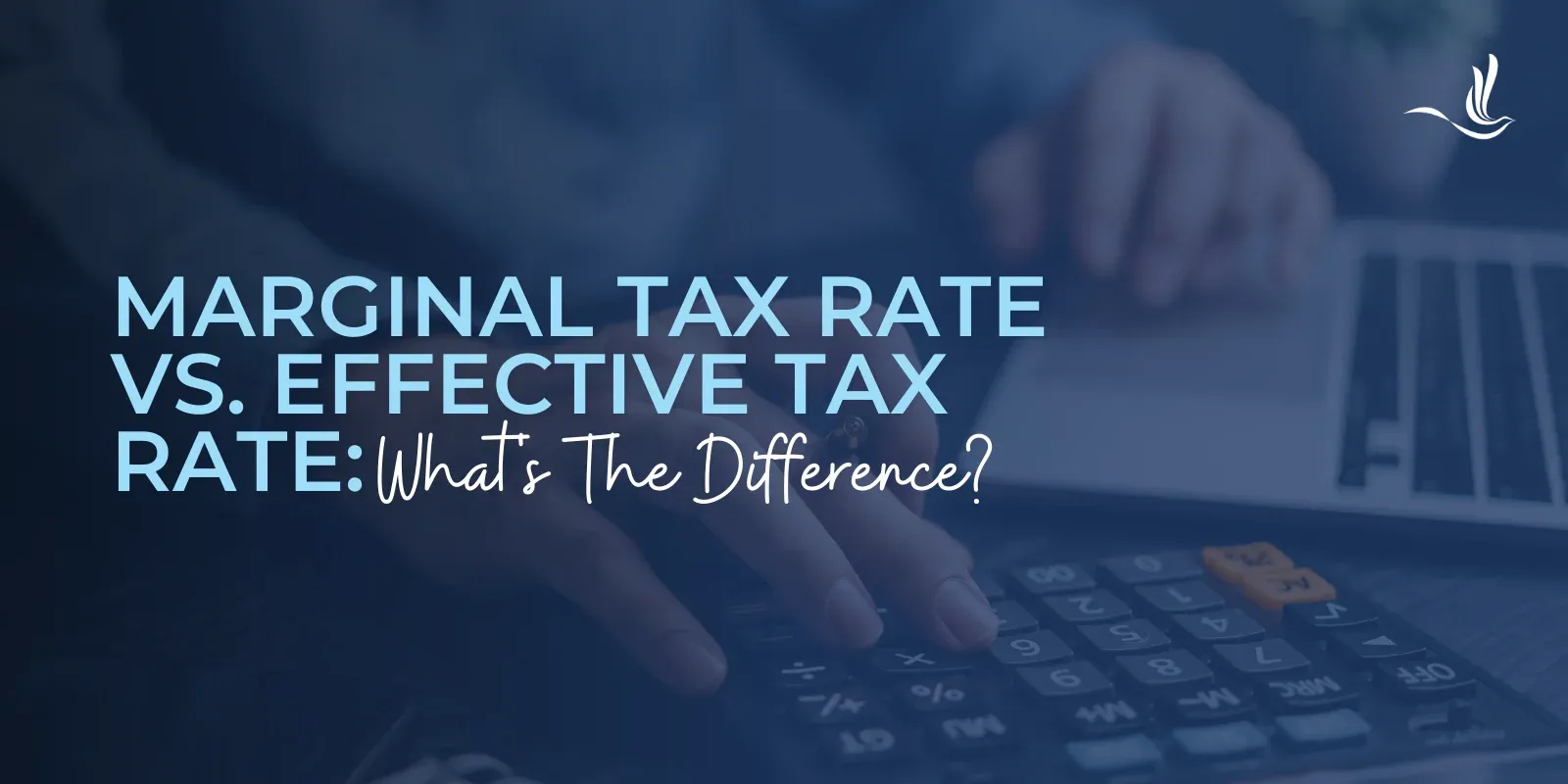A recent expansion of a key federal student loan forgiveness program for borrowers who’ve devoted their careers to public service work is in full force. The Education Department indicated that 70,000 borrowers have been awarded $5 billion in student loan forgiveness so far.
A key Biden administration official suggested earlier this month that a million borrowers may ultimately benefit from the expanded program before it expires later this year, either through additional loan forgiveness credit or by getting their federal student debt completely wiped out.
But despite the good news, consumer protection advocates sounded the alarm that loan servicers are providing misleading information to borrowers about the program. Here’s the latest.
1. Background: The limited PSLF program 2.Federal watchdog warns loan servicers 3. Action items for student loan borrowers
Background: The limited PSLF program
Public Service Loan Forgiveness (PSLF) can wipe out the federal student loan debt for borrowers who work in government or for certain nonprofit organizations. The program requires 120 “qualifying payments”, and while those payments don’t necessarily have to be consecutive, borrowers can obtain loan forgiveness in as little as 10 years.
But the program had complicated eligibility requirements since Congress first established it in 2007. Only Direct federal student loans qualify (other types of federal student loans, such as FFEL and Perkins Loans, don’t qualify unless consolidated into a Direct Consolidation Loan).
And only payments made under an income-driven repayment plan or the 10-year Standard payment plan would “count”. Payments made under other plans, such as the Graduated and Extended repayment plans, don’t qualify.
Historically, these rules governing PSLF eligibility weren’t well-communicated to borrowers by their loan servicers. Even legitimate payments made by borrowers were sometimes rejected due to technicalities, such as if the borrower paid too much or made a payment too early. As a result, according to the Department of Education’s own statistics, the program had an exceptionally high denial rate of as high as 98%.
Last October, however, the Biden administration announced a temporary expansion of the PSLF program designed to correct many of these programs.
The new “Limited PSLF Waiver” program temporarily relaxes the original PSLF rules by allowing payments made on FFEL and Perkins Loans to qualify, as well as payments made under any repayment plan, even if the payments were not made in full or on time.
The Department has issued some relief automatically for borrowers where it could — for instance, borrowers who already had Direct Loans and had certified their public service employment but had prior payments rejected.
Download the Best Student Loan CalculatorBut many other borrowers would need to take certain steps to qualify. Borrowers with FFEL and Perkins Loans would need to consolidate those loans via the Direct Consolidation Loan program.
And borrowers who haven’t certified their public service employment by submitting required certification forms would need to do that. Because of the temporary nature of the Limited PSLF Waiver, borrowers seeking to qualify would have to act before it expires on October 31.
Federal watchdog warns loan servicers
A Consumer Financial Prtection Bureau (CFPB) bulletin warned that loan servicers would be expected to provide borrowers with complete and accurate information regarding the Limited PSLF Waiver program.
Recognizing the history of servicers providing misinformation to borrowers about PSLF, the CFPB said, “Through its supervision of student loan servicers, the CFPB has found that servicers made deceptive statements to borrowers about their ability to become eligible for PSLF.
When servicers fail to provide accurate and complete information, they mislead borrowers about their ability to benefit under PSLF, which can lead to tens of thousands of dollars in loan payments that should have been canceled.”
Noting the recent changes to PSLF through the waiver program, the CFPB said that it “expects servicers to comply with federal consumer financial protection laws” and will monitor loan servicer activities in the coming months. The CFPB has powerful enforcement tools at its disposal, including fines and the authority to initiate litigation.
Education Department officials echoed the CFPB’s warning and signaled there would be cooperation between the two agencies.
“We want to make sure that every single borrower who could benefit from the PSLF Waiver has the chance to do so, and giving borrowers accurate and timely information about their eligibility is critical,” said U.S.
Secretary of Education Miguel Cardona in a statement.
“I appreciate the CFPB’s partnership in holding servicers accountable for their role in helping borrowers access loan forgiveness under PSLF.”
In January, student loan borrower advocacy groups warned that servicers might mislead borrowers on the new PSLF rules under the waiver. And the CFPB indicated earlier this year that the agency was starting to receive complaints from borrowers about loan servicers providing misinformation about the waiver program.
“Illegal conduct by a student loan servicer can be ruinous for borrowers who miss out on the opportunity for debt cancellation,” said CFPB Director Rohit Chopra in a statement last week. “We will be working closely with the U.S. Department of Education to ensure that loan cancellation promises for public service are honored.”
Action items for student loan borrowers
Borrowers interested in pursuing the Limited PSLF Waiver program should take steps to reduce the risk of something going wrong.
First, borrowers should read up on the program requirements and understand the new, temporary rules under the waiver. The Department of Education has established a detailed guidance on its website.
Borrowers can also use the Department’s PSLF Help Tool to see whether their employment might qualify.
If you believe you have received conflicting or incorrect information from your loan servicer about PSLF, you can file a complaint with the CFPB, which might trigger an investigation.
Borrowers who believe they have received an improper PSLF determination or decision can file a formal complaint and request for review with the Department of Education’s Feedback Division or Ombudsman Group.
Get a Student Loan Plan Refinance student loans, get a bonus in 2022 1 Disclosures $1,050 BONUS1 For 100k+. $300 bonus for 50k to 99k.1 VISIT LAUREL ROAD Variable 1.89-5.90%1 Fixed 2.50-6.00%1 2 Disclosures $1,000 BONUS2 For 100k+. $300 bonus for 50k to 99k.2 VISIT SPLASH Variable 1.74-6.52%2 Fixed 1.99-6.25%2 3 Disclosures $1,000 BONUS3 For $100k or more. $200 for $50k to $99,9993 VISIT SOFI Variable 1.74-7.24%3 Fixed 2.49-7.59%3 4 Disclosures $1,000 BONUS4 For 100k or more. $200 for 50k to $99,9994 VISIT EARNEST Variable 1.74-7.99%4 Fixed 2.44-7.99%4 5 Disclosures $1,050 BONUS5 For 100k+. $300 bonus for 50k to 99k.5 VISIT COMMONBOND Variable 1.98-7.14% APR5 Fixed 2.49-7.04% APR5 6 Disclosures $1,275 BONUS6 For 150k+. Tiered 300 to 575 bonus for 50k to 149k.6 VISIT ELFI Variable 1.86-6.01%6 Fixed 2.47-5.99%6 7 Disclosures $1,250 BONUS7 For $100k or more. $100 to $350 for $5k to $99,9997 VISIT LENDKEY Variable 1.90-5.25%7 Fixed 2.49-7.75%7 8 Disclosures $1,250 BONUS8 $350 for 50k to 100k8 VISIT CREDIBLE Variable 1.74-7.58%8 Fixed 2.15-7.83%8 Not sure what to do with your student loans?Take our 11 question quiz to get a personalized recommendation of whether you should pursue PSLF, IDR forgiveness, or refinancing (including the one lender we think could give you the best rate).
Take Our QuizOriginal Article






